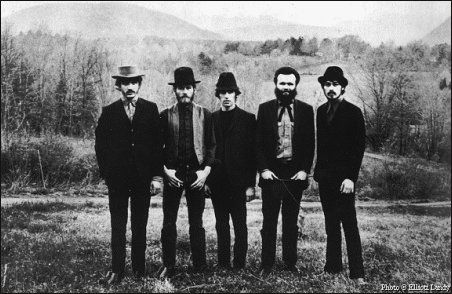The Diary of Anne Frank at Stratford Festival
- Gabrielle Bossy

- Jun 8, 2015
- 3 min read
The lights dim and a line of actors take the stage, describing poignant life experiences that in some way relate them to the story of Anne Frank. Some speak of their first love, others of loved one’s experiences in the war and still more of how they heard about Anne Frank in the first place. For some this may seem contrived. For others there is no possible way to relate to such a horrifying and traumatic experience. In my opinion however, this was the perfect start to a spectacular play. When studying history, it is easy to look at an experience one-dimensionally. In this way, it would be easy to look at Anne Frank as a sad and tragic story among a sea of others in the history of the Holocaust. In reality Anne was so much more than that. She was a young, lively, energetic and sometimes bratty, young girl transitioning into her adult life (too early) and seeing the world for the first time in many ways. Once the actors have introduced themselves, the lights dim further, the chorus goes behind the stage and accompanies the play with haunting acapella.
The majority of the play highlights the everyday life of hiding out in the “Secret Annex” or the attic that Anne, her own family, another family and a dentist hid out in for almost three years. The mundane life and the celebrations are contrasted with moments of bitter fear, fighting and sadness at the realization of the Jewish fate. The script is brilliant at showing how difficult it was to go into hiding- the expenses, the sacrifices and the dangers to those hiding and those keeping the secret. Anne is portrayed quite young by lead actress, Sarah Farb but in my opinion, this was a strength as it reminds us of the innocence of many victims of the Third Reich.

Sara Farb as Anne Frank in The Diary of Anne Frank. Photography by David Hou.
The set is made completely of wooden boards that push all around to make furniture, the attic and in the end, the dreaded rail cars that transport Anne to her death. This had an incredible impact. The most powerful part of the play for myself was when the Secret Annex was silent at night. A shadow of Hitler is seen from behind the boards and one of his famous speeches is played. It sent shivers up my spine.

Photo found here: http://jameskarasreviews.blogspot.ca/
Through out the play, various actors take the side stage and read passages from the diary to the audience- reminding you that they are more than characters in a play- they are taking part in the memory of Anne Frank and the memory of the Holocaust. My favourite passage is read by the character of Miep Gies. It shows the strength of Anne’s character:
“It’s a wonder I haven’t abandoned all my ideals, they seem so absurd and impractical. Yet I cling to them because I still believe, in spite of everything, that people are truly good at heart.”
The play ends as the rail cars stop and Otto Frank (Anne’s father and the only survivor of the Secret Annex) takes the stage for a final monologue. He describes the end of Anne’s life and his own experience in the camps. Finally, he passes Anne’s diary out to the audience as a final reminder that this is the only way to remember her.
If you get a chance this summer, I highly recommend going to see the play.



Comments